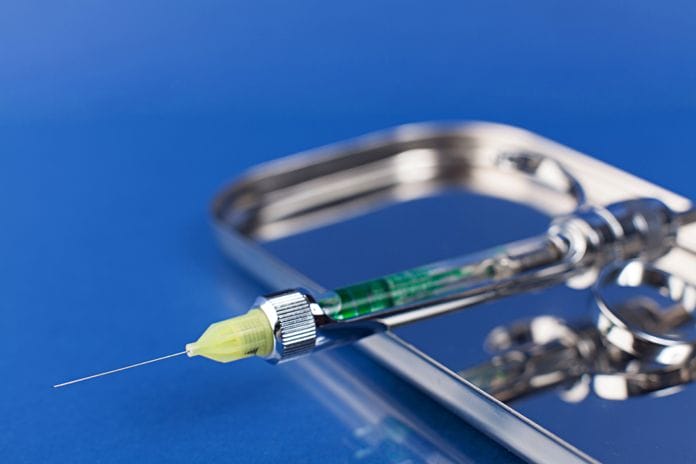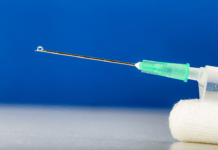I recently administered a right PSA block on a patient. Seconds after, my patient expressed that it hurt more than when I had numbed the left side a week prior. She kept expressing that her cheek felt puffy and hard. I attempted to massage the anesthetic into the nerve, but the patient continued to tell me that it felt strange. I retrieved the doctor in my office, and she continued to massage the patient’s cheek. Long story short, I performed SRPs, but the patient was still feeling “puffy” and strange. There was no trace of a hematoma, no observant facial paralysis. What could have happened?
It sounds like you inadvertently nicked or punctured a blood vessel. According to Dr. Stanley Malamed, this doesn’t always lead to a hematoma with a visually-apparent “bruise,” like if you perforated an artery. A “bruise” doesn’t always appear either because of the density of the tissue around the certain blood vessel. The best treatment here may have been for the patient to ice the area immediately and then to continue icing for the next 24 hours or so at 20-minute intervals every couple hours. Heat should not be applied for the first 24 because it is a vasodilator. The patient’s symptoms should heal in 10-14 days. If it doesn’t get better in that time frame, they should contact the office. There is a risk of secondary infection, so the patient should be aware and possibly monitored for that.
I do want to mention that the PSA block is a high-risk injection for complications due to the highly vascular area you are injecting into, and sometimes this just happens. All patients are different anatomically, and we don’t have X-ray vision, so we have to do our best using the training we have. My point is, don’t feel like you were necessarily wrong or had poor technique with your injection!












